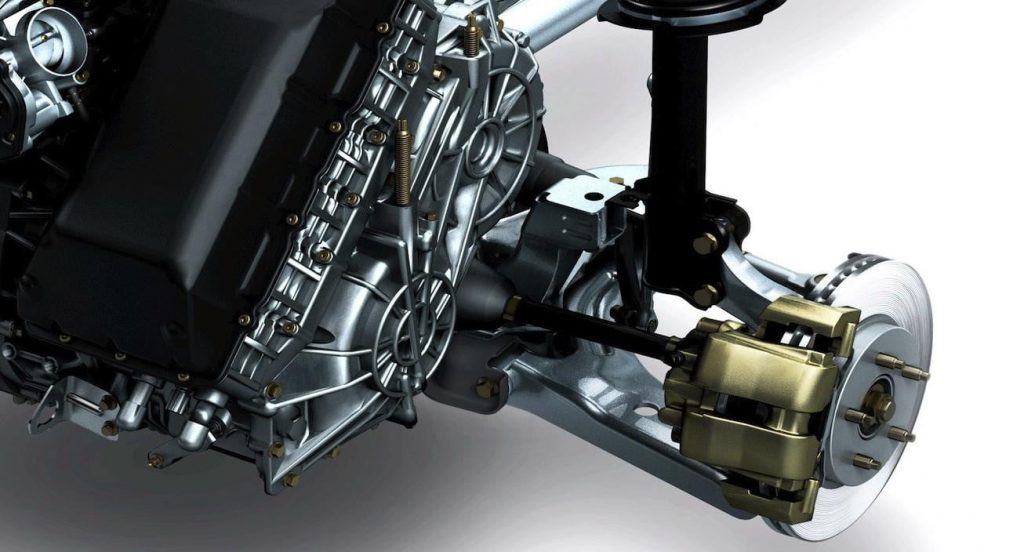In many establishments that offer full-service detailing, such as Car Spa, cleaning the engine bay is usually the first step. This may seem counterintuitive at first, particularly for first-timers to car detailing, but cleaning the engine bay first means sparing the fenders, windshield and front grill from more mess than necessary.
Here, we will look at the basics of cleaning the engine bay as performed by the detailing staff.
Cool the Engine First
The engine should be slightly warm to cool before the staff can work on cleaning it. While waiting for it to cool down, the staff usually starts cleaning the car’s interior; the hood will be opened for the cool-down lasting about 30 minutes or so.
Remove the Trapped Debris
Once the engine bay has cooled down, the staff removes the twigs, leaves, and other trapped debris in the air vents and hood jams. Compressed air and manual removal are the preferred methods here; water isn’t used because it can make a mess when mixed with the debris resulting in more removal work.
Protect Electrical Parts
Full-service detailing requires more intensive work partly because the exposed electrical parts should be covered lest these become wet. These parts include air filters, alternators, and fuse boxes, even an exposed dip stick, which can be covered with Saran wrap, plastic bags, and/or aluminum foil. The exposed dip stick, by the way, can be covered with tape so that water doesn’t drip down to the oil reservoir.
Apply Engine Cleaner
The detailing staff usually uses a specialized hose, which can be set to either a fan or wide mode, in lightly rinsing down the engine and spraying an all-purpose cleaner. The cleaner should be applied in such a way that it isn’t over-sprayed on the paint.
Then, the engine parts will be scrubbed using a wide range of cleaning tools, such as a wheel brush, a toothbrush, and a paint brush, as well as toothpick-type tools designed especially for tight spots and corners. The all-purpose cleaner shouldn’t be allowed to dry on these parts, too, so a light rinsing should be done as soon as possible.
With the buildup of grease, dirt and debris gone, the staff then dries the engine using either an electric blower or compressed air, as well as a microfiber towel to wipe the surfaces at the same time. The plastic protection over the electrical parts are then removed and their surfaces cleaned, if necessary, by hand using a clean microfiber towel.
Your car’s engine will then be started and run for 2-3 minutes to check that everything is in running condition. The final touches include dressing the engine parts with a water-based tire dressing, and light wipes to prevent early buildup of dust and dirt, and a final inspection.
